The Sword and the Typewriter: The Life and Times of Hydesaburo Ohashi
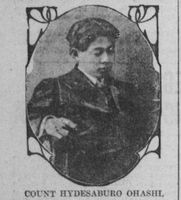
Hydesaburo Ohashi, a descendant of a samurai family, was sent from Japan to America to study in the late 1890s. He studied at Harvard, tried creative writing and won praise by Mark Twain, failed as a tea importer, and relocated to New York where he became successful entrepreneur in the carbon paper business. He even aspired to lead movement to champion rights of Japanese nationals in the US, but died during the Spanish flu epidemic in 1918. This is his biography.
Stories from this series
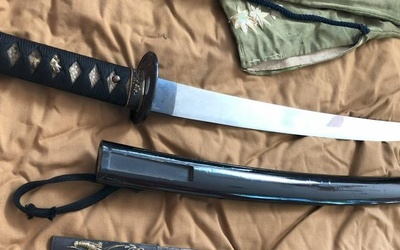
Chapter 6—An Unusual Life
March 24, 2025 • Aaron Cohen
Read Chapter 5 During Ohashi’s time in America, US-Japan political relations deteriorated steadily. After Japan’s victory over Russia in 1905, it was generally thought that the Japanese would fight America next. Never mind that some people on both sides of the Pacific thought that Japan went to war as a proxy for the United States. In 1905, the American Federation of Labor requested that Congress to immediately enact legislation to exclude Japanese workers from the United States and its overseas …
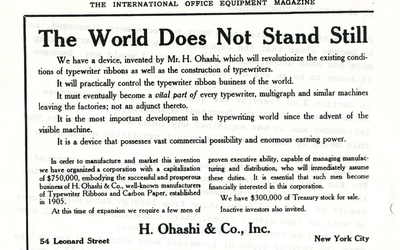
Chapter 5—Settling Ohashi’s Estate
March 17, 2025 • Aaron Cohen
Read Chapter 4 When Ohashi began work on his typewriter devices, prices in the carbon paper and ribbon industry (most companies making or selling one also made or sold the other) had changed little over the years. A ribbon cost seventy-five cents to one dollar, and a box of carbon paper was $3 to $4. The Great War changed all that. Allied with Great Britain, Japan declared war on Germany much earlier than did President Woodrow Wilson. Even before America’s …
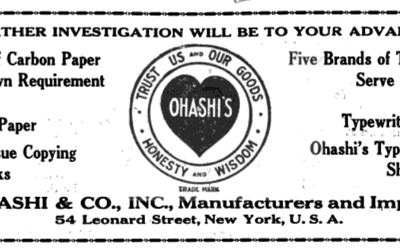
Chapter 4—Ohashi the Inventor
March 10, 2025 • Aaron Cohen
Read Chapter 3 The Sino-Chinese War, one of three major developments for Japan in the latter half of the 1890s, stimulated national awareness for Japan, a powerful nation with an imperial colony (Taiwan). This prompted a military buildup financed largely by loans, and turned popular and business attention to Korea and China in terms of markets and geopolitics. The second change was the almost-complete cancellation of the “unequal treaties” that placed control of Japan’s trade in the hands of Western …
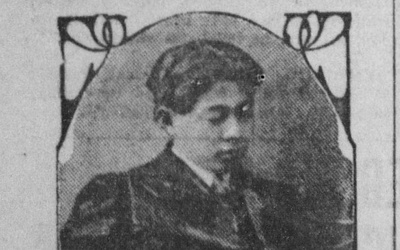
Chapter 3—Ohashi in Boston, War in Japan
March 3, 2025 •
Read Chapter 2 In 1903, fresh out of college and still living in Cambridge, Ohashi opened a tea business in Boston at 172 Tremont Street. Its organization was certified by the city’s Tax Commission in February 1904 and it must have been an import company. The City Directory of Boston for 1904 gives 52 Central as the location of the H. Ohashi Tea Co. and mentions that Ohashi was managing a sales outlet for tea, coffee, and “oriental art goods” …
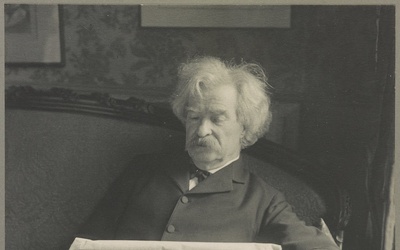
Chapter 2—A Writer in Boston
Feb. 24, 2025 • Aaron Cohen
Read Chapter 1 As an enterprising editor of Harvard Illustrated, England sent a copy of the November 1901 edition of the magazine to Samuel Clemens, well known as “Mark Twain,” then living in Riverdale, New York. The edition included a story by Ohashi, “Nature’s Inspiration,” which drew the attention of Clemens. Clemens replied on December 1, 1901, “Dear sir: I thank you very much for that pretty and quaint and charmingly, unconsciously, comical Japanese idyl. It is the coming race …
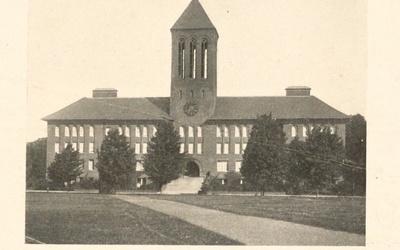
Chapter 1—From Tsushima to Boston
Feb. 17, 2025 • Aaron Cohen
Among the many life stories of those who created links between Japan and America, some have been concealed in the mists of time. One is that of a Japanese man, Hydesaburo Ohashi (1877–1918).1 Little information about him is likely to be discovered in Japan, because he left his native country as a youth and no indication that he returned has been discovered. His story is unusual and to the extent it can be told today, from a few American sources, …
 We’re looking for stories like yours!
Submit your article, essay, fiction, or poetry to be included in our archive of global Nikkei stories.
Learn More
We’re looking for stories like yours!
Submit your article, essay, fiction, or poetry to be included in our archive of global Nikkei stories.
Learn More
New Site Design
See exciting new changes to Discover Nikkei. Find out what’s new and what’s coming soon! Learn MoreAaron Cohen is a Japan specialist. His career background includes work as a securities firm economist, development consultant, and journalist. He has published diverse studies of the performing arts and modern history, with a focus on US-Japan relations.
Updated November 2024

Discover Nikkei Updates



See exciting new changes to Discover Nikkei. Find out what’s new and what’s coming soon!

